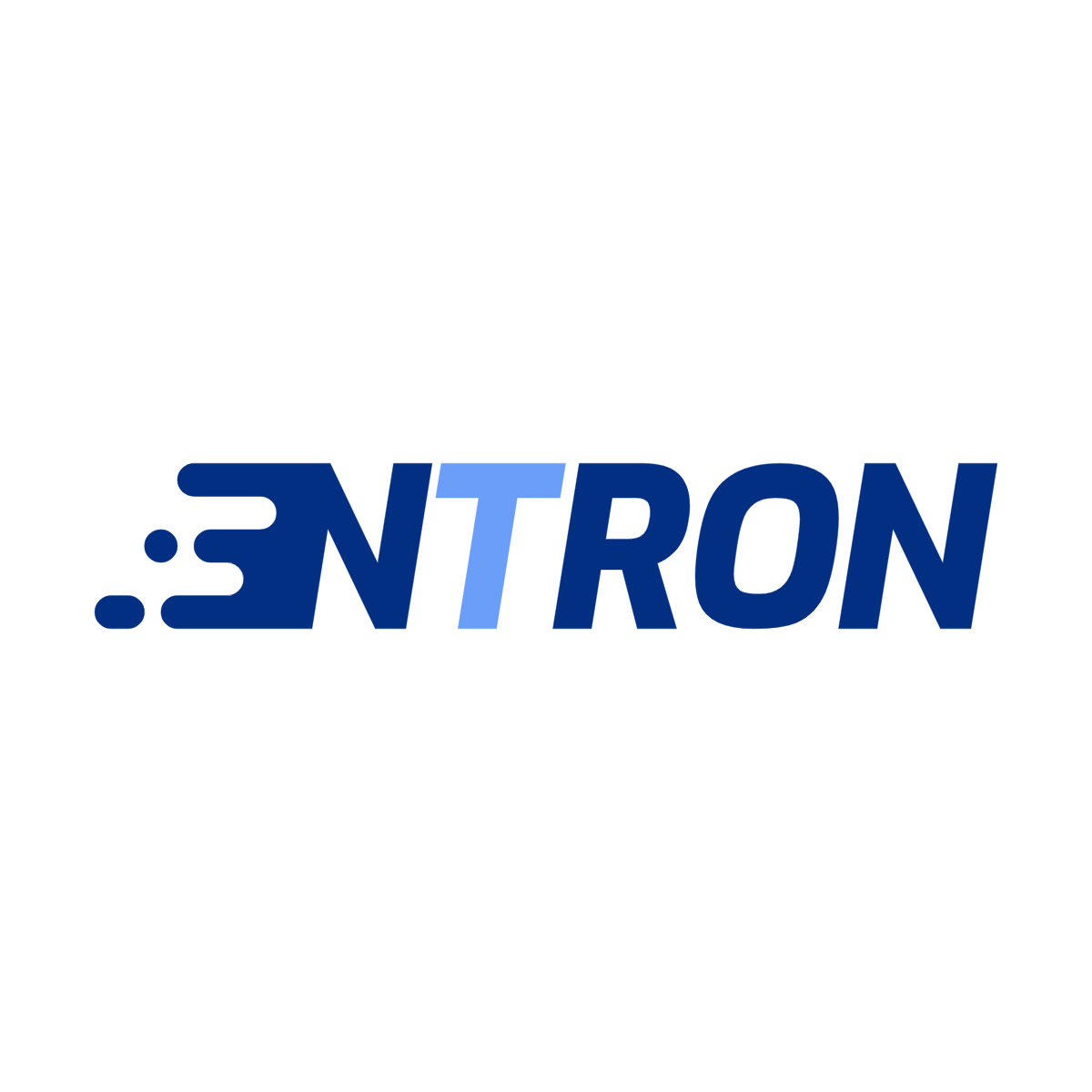Laser ranging technology is widely used in the military field. It uses the characteristics of high brightness, strong directionality, good monochromaticity and coherence of laser to achieve long-distance and high-precision measurement.
The following are some of the main applications of laser ranging in military industry: 1. Fire control system: Laser rangefinders can be integrated into artillery, tanks and missile systems to provide accurate distance of targets, thus improving the accuracy of strikes.
2. Reconnaissance and surveillance: Laser rangefinders can be used to detect the position of the enemy and provide important information for command decisions.
For example, the Integrated Gun Laser rangefinder ICUGR tested by the US military can improve shooting accuracy.
3. Navigation and positioning: Blue-green laser rangefinders can be used for underwater navigation and positioning on submarines and other military platforms.
4. Simulation training: Using laser simulation equipment for military training and combat exercises can save costs and improve the training effect.
5. Communication: Laser communication has the advantages of large information capacity, good confidentiality and strong resistance to electromagnetic interference, so it is widely used in military communication.
6. Lidar: Lidar technology is used in the military for target identification, terrain mapping and missile defense systems.
7. Countermeasures: Laser technology can also be used to counter the enemy's photoelectric equipment and photoelectric guided weapons, reconnaissance, identification, warning, interference and attack.
8. Range and target acquisition: Laser rangefinders can be used to determine the distance and precise location of targets, providing critical information for weapon systems.
9. Improve shooting accuracy: By measuring the distance from the target, laser rangefinder can help improve the accuracy of shooting, especially in long-range combat.
10. Satellite ranging: High-precision laser rangefinders can be used for accurate measurements of satellites, which are essential for space surveillance and satellite navigation systems.
11. UAV positioning and altitude setting, as well as anti-UAV applications.
12. Target Indication and Illumination: Laser rangefinders can emit laser beams to mark and illuminate targets, which is particularly important in nighttime or low visibility conditions.
For example, the LA-16u/PEQ handheld laser pointer used by the U.S. military can fire coded lasers by pulling the 'trigger,' quickly marking and switching targets, and is used in conjunction with precision munitions.
13. Guidance of air support: In close air support missions, the ground Joint Terminal Attack Controller (JTAC) uses laser indicators to indicate target position, attack heading and other information to guide aircraft, helicopters or drones to carry out precision strikes on targets.
14. Psychological warfare and non-lethal weapons: Some laser pointers can emit intense light to confuse or temporarily blind enemy personnel as a non-lethal tactical option.
15. Obstacle avoidance: When the helicopter flies at very low altitude, the lidar system can detect the obstacles in front of it and provide obstacle avoidance information to ensure flight safety.
16. Detection of chemical and biological agents: Lidar technology combined with spectral analysis can be used to detect and identify chemical and biological agents, improving battlefield survivability.
With the development of technology, laser ranging equipment is becoming more and more portable and accurate, making its application in modern military operations more extensive and effective.









Fill in your e-mail:








